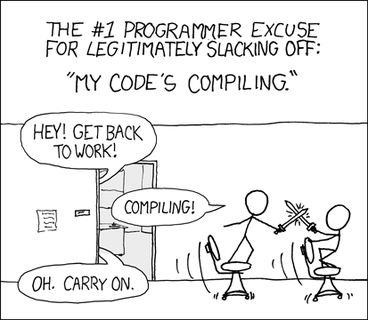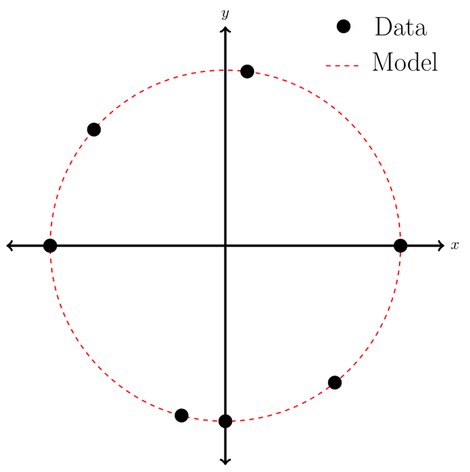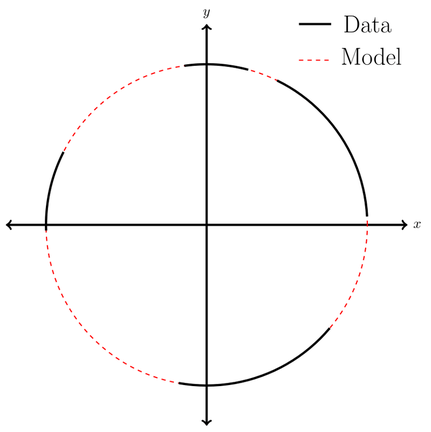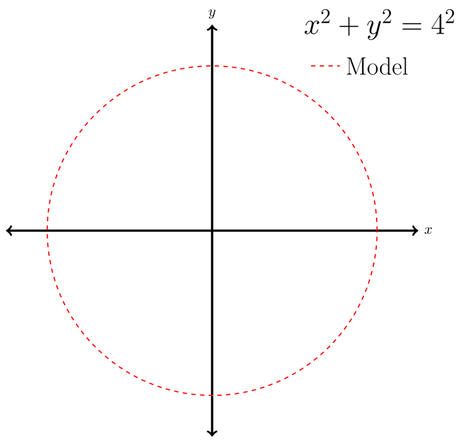It has been a while since I last posted a blog, but this morning I was inspired by this blog post about blogging quickly, and this one about blogging more like a personal diary. Other benefits: I can fit more into a blog than on my twitter account; it will help me to improve my written output, as I will restrict myself to half an hour, and after that - well it gets posted and becomes a serial blog...
I have been sidetracked in the past few days by this nice bit of code from Nick Engdahl, David Benson and Diogo Bolster that they explain in this paper - basically it is particle tracking (something that I know how to do!) coupled with the PhreeqcRM geochemical modelling algorithm. I like their approach, and I would like to use it in the funky anisotropic porous media that I am simulating.
So, after spending some time deciding if I should start using git instead of mercurial (I decided to stick with mercurial through TortoiseHG BTW) I cloned the CRP repo and realised that PhreeqcRM would need to be compiled. Damn. I don't have experience in this. So I moved onto my next fun task, which is to simulate porous media using T-PROGS. I soon realised this would require me to compile some fortran code... It became clear that today was the day I learn to compile things!
Easier said than done, and I will spare you the details. Fortunately, I was able to download MS Visual Studio Enterprise 2015 through my institute's subscription to Microsoft Imagine, and then install the Intel Parallel Studio 2017, which includes C/C++ and fortran compilers. So I was ready... ready to compile!
Thankfully, mercifully, David Parkhurst and Laurin Wissmeier have provided this awesome step-by-step guide to installing PhreeqcRM, involving all sorts of exciting things like CMake, which I have no idea how to use, but I think I should. So I followed the steps, and managed to compile it all.
Easier said than done, and I will spare you the details. Fortunately, I was able to download MS Visual Studio Enterprise 2015 through my institute's subscription to Microsoft Imagine, and then install the Intel Parallel Studio 2017, which includes C/C++ and fortran compilers. So I was ready... ready to compile!
Thankfully, mercifully, David Parkhurst and Laurin Wissmeier have provided this awesome step-by-step guide to installing PhreeqcRM, involving all sorts of exciting things like CMake, which I have no idea how to use, but I think I should. So I followed the steps, and managed to compile it all.
Bouyant from my compilation of PhreeqcRM, I then focused my attention on T-PROGS. This proved much easier, possibly because the fortran code is a little bit more readable to me, and it wasn't quite so complicated. After an initial 'hello world' trial, I was able to run gameas - the transitional probabilities module of T-PROGS, and I felt like a champion. I haven't had time to look at the data, to see if it makes sense, but I at least had the satisfaction of seeing text fly through the command window, indicating that something was happening...




